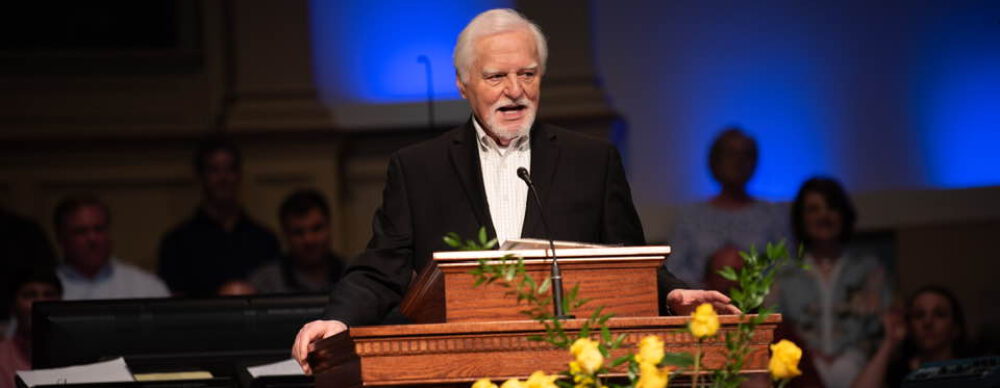(from my 1990 journal)
Before I saw her dead and murdered, I enjoyed her yard and ate her mulberries.
For only the third time in my life, I walked by Miss Boshell’s house and stood in her yard the other day. This time it was Spring. The yard is rich in green and the daffodils are everywhere. Mom says those flowers are from the bulbs Miss Boshell herself planted. Since she’s been dead 39 years, that’s quite a record. Buttercups–aka jonquils–must be more formidable than they appear. The trees have been cut down so what was her house-place looks a lot like an open field.
The first time I came here was in late summer around 1950. I was 10. Mom and several of us stood around in her yard and on the porch visiting. The simple white frame house was shadowed on all sides by large trees. The most interesting to us children was the mulberry tree out close to the road. Its fruit was large and juicy and hung down within reach. Nearby her muscadine vines competed for our attention. It was good to be in Miss Boshell’s yard that day. If the children talked to her at all, I don’t recall. Mom did that. We had other business.
Miss Boshell used to drive a one-horse buggy five miles to Nauvoo and sell fruits and vegetables she had grown. The shelf in back had space for only a few containers. She could not have made much money. But what else was she to do? People said she occasionally traded in horses and cows or a pig. The white-trash in the neighborhood liked to talk of the money she had buried around the house somewhere. But none of our people believed that. Her poverty was genuine. Her eccentricities were her own.
The second time I stood in her yard, in September of 1951, I walked onto the squeaky porch and looked down at her half-nude body lying in the doorway. I was eleven. A neighbor who had an early appointment to buy a pig from her found her like this, her throat cut and dried blood everywhere. He called for the sheriff, and someone came to tell us. We children all jumped in the back of my uncle’s pickup truck and rode up to see. We beat the sheriff by half an hour.
They decided Claude Green had killed her. My granny and my mom had seen him walking in that direction the evening before. From where they had sat on the front porch enjoying the slow Alabama sunset, he stayed in view a quarter hour. They knew him, but only slightly, the way everyone in the country knows everyone else whether they’ve ever been properly introduced or not. When the sheriff found a blood-stained walking stick with “CG” carved into it, he called for a manhunt. Sunday afternoon they found him. The trial was the event of the decade. His fancy lawyers did him no good and the judge sentenced him to life. A few years later, they let him out to die peacefully at home, a privilege not granted to Miss Boshell.
So long as the house stood there, we kids thought it was haunted. Anyone walking by it at night–it lay halfway between our house and the main highway, 3 miles north–ran as fast as he could. The house was torn down around 1970 or so.
On the far side of her yard, just down the hill, stands an attractive mobile home. The pleasant pasture that stretches from their doorstep to the road, taking in a wealth of golden daffodils perhaps a half-century old, gives no hint of its sad heritage. One can’t but wonder if the residents of that trailer know about the little lady who lived and died in their front yard.
When I got home to North Carolina, I walked around my yard and wondered what it knew that I never could.
If these walls could talk, people say.
Indeed.

Beautiful!
Crimes are supposed to be “Seen on the News”…and not expected to occur “next door”. It must have been extremely devastating and too unfortunate to have experienced something like that in your own life. CG had “indirectly” taught the small crowd of children that there really is “Hate” in this world-. Something that children should not have to experience at such a young age, especially when children are raised to “Love one another as God has loved them.”